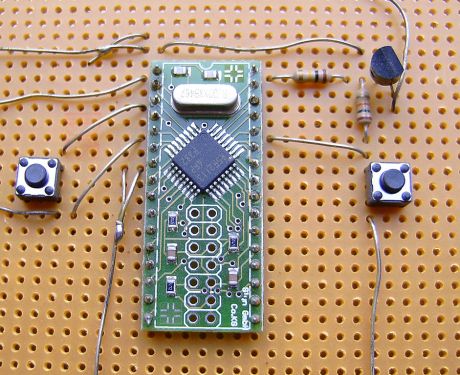Porous materials to revolutionise electronics

Renesas
By Kungfuman (Own work) [GFDL (http://www.gnu.org/copyleft/fdl.html) or CC BY-SA 3.0 (http://creativecommons.org/licenses/by-sa/3.0)], via Wikimedia Commons
Metal-organic frameworks (MOFs) are attracting rapt attention for applications such as hydrogen storage and catalysis. EU-funded scientists successfully measured their electrical properties and elucidated their charge transport mechanism to also promote MOF use as active components in electronic devices.
MOFs are compounds with both an inorganic and an organic component; their structure is composed of metal ions or clusters that are coordinated to organic polymers to form a porous structure. Thanks to their tailorable chemistry, crystallinity and porosity, it is important to further develop their potential in solid-state applications or devices.
Until now, much effort has been devoted to developing new methods for synthesising MOF thin films to ultimately grow them on surfaces and integrate them as novel functional units. However, their processing is still challenging. In the project MOLSURMOF (Molecular loading and surface anchoring of metal-organic frameworks: A training and career development action), scientists successfully anchored MOFs on appropriate solid substrates and loaded them with organic electroactive molecules through liquid phase epitaxy.
The experimental approach enabled scientists to study factors affecting the charge transport mechanism in MOF thin films before and after incorporating guest molecules in their pores.
This venture represents a huge step forward for extending use of these materials in the electronic circuitry realm. Being desorbed on appropriate solid substrates, MOFs can be used as robust solid electrodes and hence integrated in electrochemical cells or mercury-based tunnelling junctions.
As a truly unique study, results are providing the opportunity to enhance understanding of MOF electric transport properties and lead to significant advances in electronics.
published: 2016-01-19

